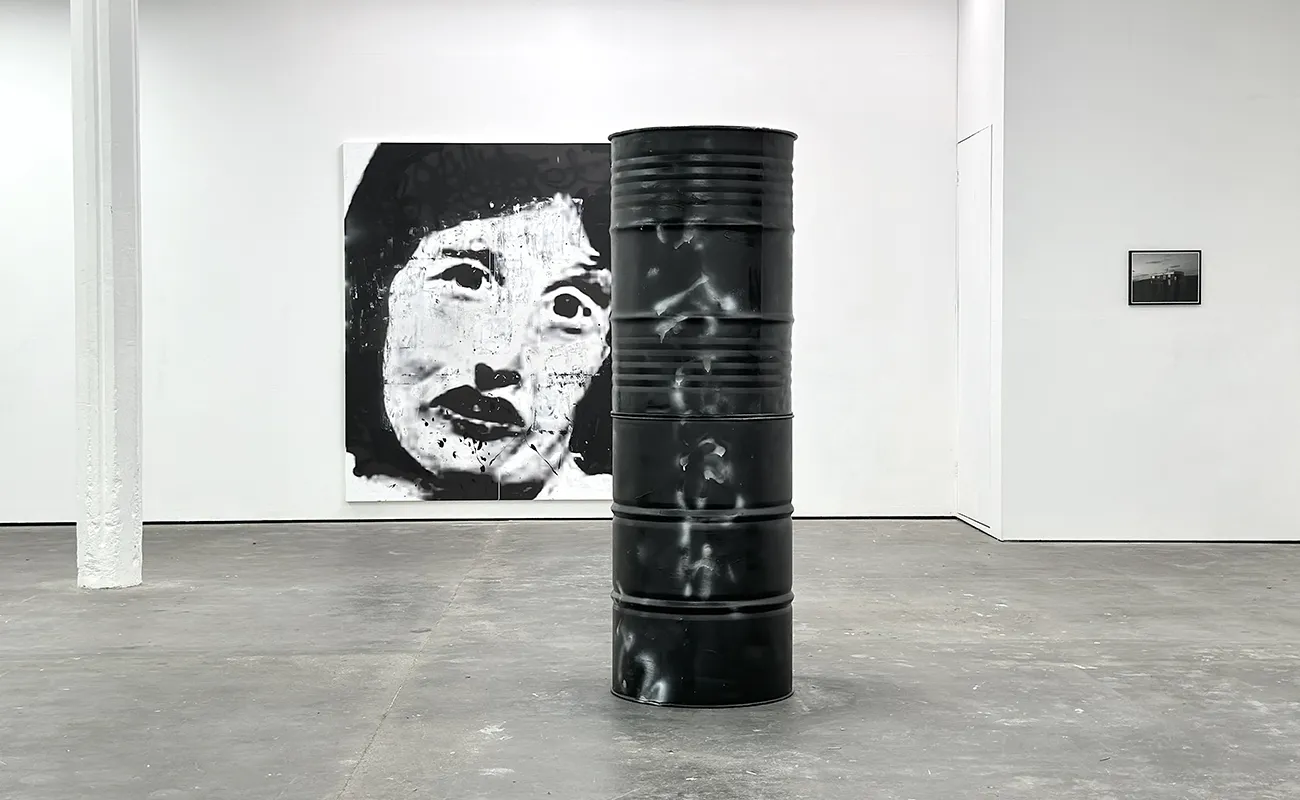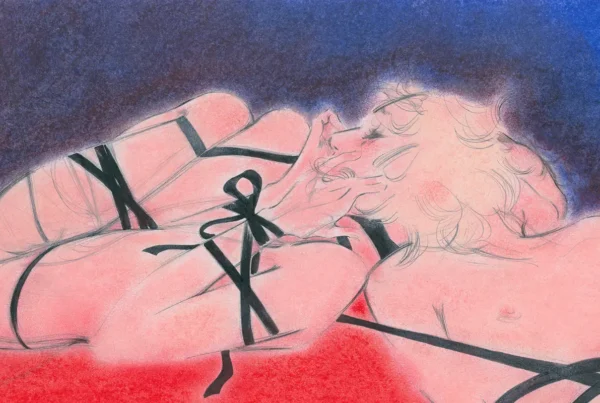Richie Culver: Navigating the Spaces Between Art, Life, and the North-South Divide
Richie Culver is not the typical art-world insider. Born in Hull, a working-class port city in the north of England, Culver’s journey to becoming a contemporary artist defies the norms often associated with the fine arts. Before his creative breakthrough, he spent years working various jobs, including on a caravan site, far removed from the elite galleries and established pathways many artists take. His practice was born out of necessity, a way to process the intense emotions stemming from personal loss and the challenging realities of his environment. His decision to pursue art did not happen until his mid-twenties, but once he started, Culver’s deeply personal and socially charged work quickly found its place in exhibitions, marking him as a distinctive voice in the art world.
In the decade since he began exhibiting his work, Culver has retained strong ties to his northern roots, despite his relocation to London. His art reflects the ongoing tension between these two geographical and cultural spaces, exploring themes of class, regional divides, and the often-overlooked aspects of everyday life. This duality between North and South, high art and popular culture, defines much of Culver’s artistic expression, where he uses his working-class background as a critical lens through which to examine contemporary society.
Richie Culver: A Self-Taught Artist Embracing Vulnerability
Richie Culver never attended art school, making his ascent in the art world all the more unconventional. Instead, he taught himself to paint, work with mixed media, and use photography as a way to deal with his own personal experiences, which included the tragic deaths of several friends during his youth. His raw and unfiltered emotional experiences are channeled into his art, giving it an autobiographical and documentary-like quality. “I wasn’t a musician or a writer, and I needed a medium through which to jettison all this pent-up emotion and sadness,” Culver once shared in an interview, reflecting on how art became a therapeutic outlet for him.
Culver’s art draws heavily on personal references and is shaped by the culture he grew up around. From greyhound racing to tabloid culture, his works are layered with the imagery of working-class life in England. He paints the grey areas of English society that many would prefer to ignore—subjects that don’t typically find a place in galleries or art schools. One of his notable works, for example, features a grey pigeon on a large, mostly empty canvas, titled ATHLETES of the day. Beneath the bird is the text, “One day she just never came home.” The painting evokes an immediate connection to his childhood environment, giving viewers an intimate peek into lives shaped by high hopes and broken promises.
Culver’s improvisational approach to art only adds to its emotional depth. Often, his large canvases feature sparse imagery combined with snippets of overheard conversations or random phrases. For Culver, the titles are essential, providing a sense of closure to the emotional narratives captured in his paintings. His work feels like a direct translation of his inner world, exposing the vulnerability of male emotions—a theme often marginalized in mainstream culture.
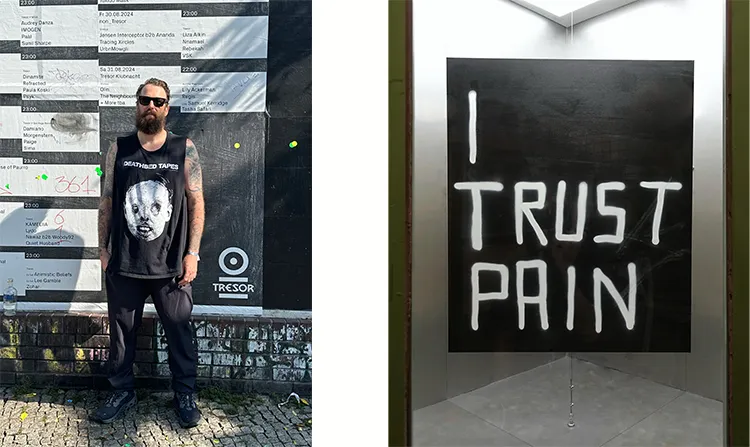
The Raw Honesty of Richie Culver’s Text-Based Art
In 2016, Richie Culver made a significant shift in his practice, moving toward text-based art after a period of personal turmoil. Culver had relocated to Berlin, hoping for a fresh start, but the city’s nocturnal temptations pulled him into a spiral of addiction. He returned to London, entering a halfway house to recover from drug abuse. It was during this time, with limited tools at his disposal, that he began chronicling his experiences through writing. What started as a book transformed into a raw exhibition titled Things That Never Really Worked Out – Most Things, which laid bare his struggles during this turbulent period.
This shift to text as a dominant form of expression allowed Culver to explore the painful contradictions of his life. His text-based works often resemble poetic confessions, offering glimpses into the gritty realities of addiction, recovery, and urban life. For example, one of his pieces reads: “I stole her purse. We spent the next forty-five minutes frantically searching for it. Eventually, we gave up. Afterwards, I decided to lend her some money. Until she gets paid.” This autobiographical fragment, like much of Culver’s work, is deeply personal yet relatable, offering raw insight into moments of moral ambiguity.
In recent years, Culver’s exhibitions, such as No one knows me like Dawn from the Jobcentre, have further explored the themes of disillusionment and survival within the constraints of working-class life. Set in his hometown of Hull, the exhibition provided a humorous yet honest account of his time on Job Seekers Allowance, offering both a social critique and a reflection on his own life. Through his text-based art, Culver continues to find ways to express the vulnerability and struggles of a life lived on society’s fringes.
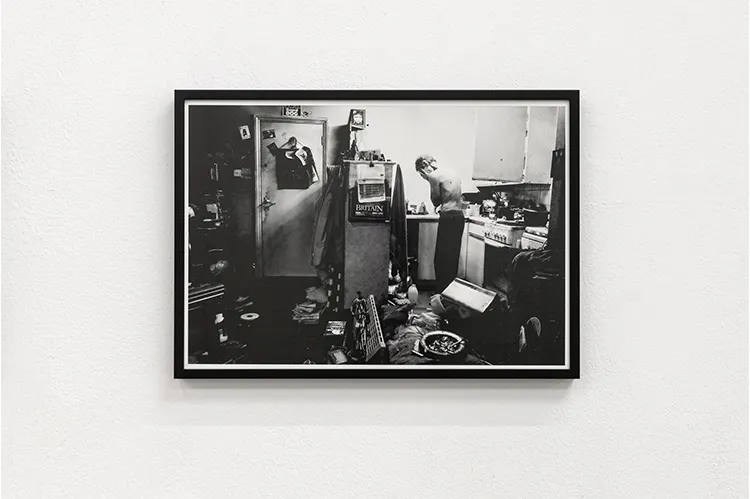
Richie Culver: Sound and the Search for Wordlessness
As Richie Culver’s career has evolved, so has his artistic practice, which now extends into music and sound. His 27-minute piece Alive in the Living Room is an exploration of sleep paralysis, a condition that has haunted him throughout his life. Created in one take, the sound mass captures the physical and psychological sensations Culver experiences during these episodes. The work marks his semi-recent desire to move away from text and embrace wordlessness—an instinctive departure from the phrases that have defined much of his previous work.
Despite his efforts to distance himself from language in this project, text continues to seep into Culver’s multidisciplinary practice. Whether through remixes or collaborations, the connection between his visual and auditory work remains strong. The struggle to eliminate words is emblematic of Culver’s ongoing negotiation with his own identity as an artist—someone who has used words to express deeply personal truths, yet seeks new ways to communicate beyond language.
In interviews, Culver reflects on how his creative energy comes from the tension between different environments. He is someone who thrives in cities, needing the chaotic energy of urban life as a source of inspiration, yet his roots remain firmly planted in the quiet, often stifling atmosphere of Hull. This duality shapes much of his sound work, including his third album Hostile Environments, which delves into the tensions between escape and entrapment, freedom and stasis. For Culver, sound offers a new medium through which to explore these themes, continuing his unflinching examination of his past and present.
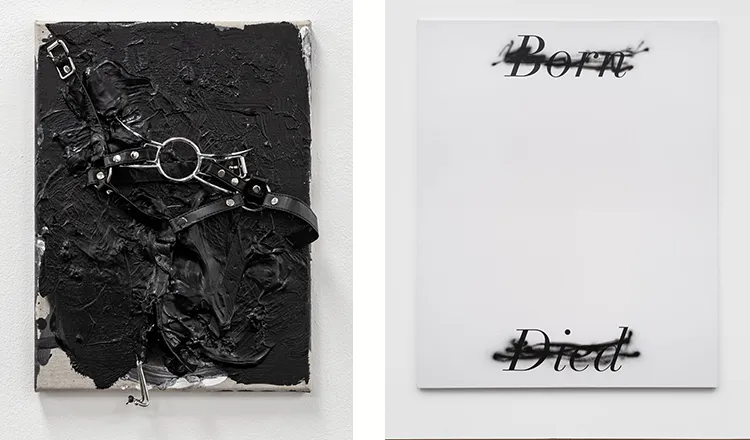
Richie Culver: The Future of an Unconventional Artist
Richie Culver’s trajectory as an artist remains as unpredictable as his work. Having earned recognition from some of the world’s most prestigious institutions, including Blain|Southern and Tate, Culver has successfully carved out a place for himself while retaining a fiercely independent and self-taught approach. His latest creative ventures, including his music, mark an exciting new chapter in his career, where he continues to push boundaries, whether through sound, text, or paint.
Despite his success, Culver remains deeply connected to the experiences that shaped him, often returning to Hull to exhibit work and stay grounded in his roots. His creative output, whether visual or auditory, is a testament to the power of authenticity in art—an unwavering commitment to depicting life as it is, with all its complexities and contradictions. As Culver navigates new mediums and projects, his work remains deeply personal, challenging conventional notions of what art should be and offering a voice to those whose stories are often overlooked.



